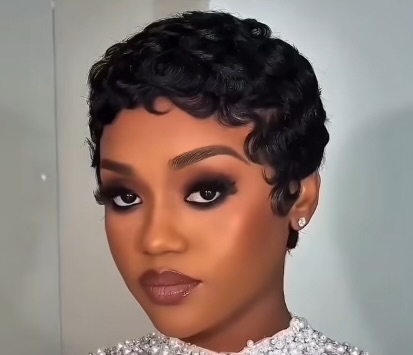It’s common to mistake thin hair for damaged hair, or vice versa, but understanding the difference is essential for proper care.
While both can appear fragile or lack volume, the causes, appearance, and treatment methods differ significantly.
Identifying thin hair
Thin hair refers to the individual diameter of each hair strand. People with thin hair have fine strands that may be more prone to looking flat or limp, but that doesn’t necessarily mean the hair is unhealthy. Genetics often play the largest role in naturally thin hair, though factors like hormonal changes, stress, or diet can influence hair thickness over time. Thin hair tends to be softer, more delicate, and may take longer to grow due to its fine structure. Importantly, thin hair can still be strong and shiny if cared for properly.
Spotting damaged hair
Damaged hair, on the other hand, can occur regardless of hair thickness. It results from physical, chemical, or environmental stressors such as heat styling, coloring, bleaching, over-manipulation, or exposure to harsh sun or pollution. Damaged strands may appear frizzy, brittle, dry, or have split ends. Unlike thin hair, damage affects the hair’s structural integrity, making it more prone to breakage and uneven texture.
Caring for thin hair
For thin hair, the goal is often to maintain volume while strengthening the strands. Lightweight shampoos and conditioners designed for fine hair help prevent flattening, while volumizing products can add body without weighing hair down. Avoid heavy oils or dense styling creams, which can make fine hair appear greasy. Regular trims are also crucial to keep ends looking healthy and prevent tangling.
Caring for damaged hair
Damaged hair benefits from restoration and protection. Deep-conditioning treatments, protein-rich masks, and hydrating leave-ins can help rebuild and nourish weakened strands. Limit heat styling, chemical treatments, and harsh brushing. Protective hairstyles and gentle handling reduce further breakage, while trimming split ends improves appearance and prevents damage from spreading.
Conclusion
Recognizing whether your hair is naturally thin or simply damaged is key to selecting the right care routine. Thin hair requires lightweight products and volume-enhancing techniques, while damaged hair needs intensive repair and protection. By understanding your hair’s specific needs, you can promote strength, shine, and overall health, ensuring every strand looks its best.





